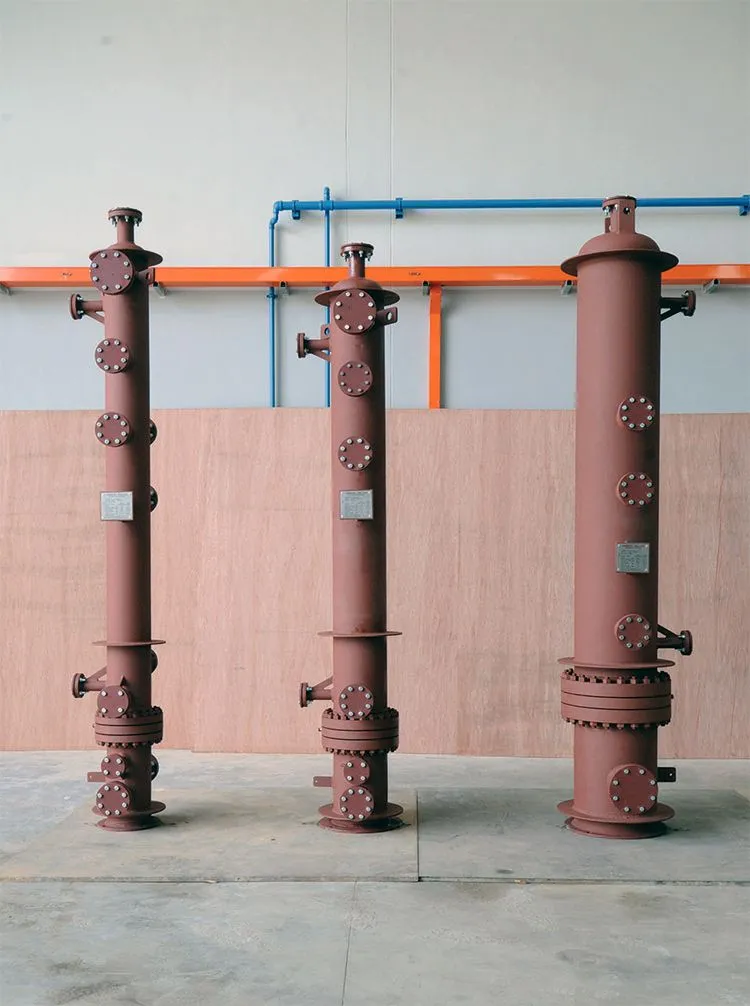Scraped Surface Heat Exchangers (SSHE) are double pipe elements where the coolant is provided in the annulus running countercurrent to the process fluid flow. SSHE used in the Food and Chemical Industries may differ in their materials of construction and use in many ways.

You may remember making Ice Cream using a jacketed wooden pail where ice is packed into the space between the outside and inside of the pail. Once the inside was filled with delicious fresh milk, a vane or rotor was then cranked or turned by hand, and as the temperature of the milk decreased, the viscosity rose and the milk turned into cream and then a thick paste until the ice cream was formed. The scraping mechanism will rotate up to 250 RPM, whereas a typical speed of a SSHE used to make Crystals in the Chemical or Wax production will be around 25RPM (to not to break the Crystals and to avoid making anything like a paste).
For decades, scraped surface heat exchangers have replaced slow, inefficient batching operations with more uniform, controllable, and repeatable continuous processing. Typical applications are heating and cooling cheese sauce, deserts, caramel, deboned meat, pet food, and fruit products.
SSHE for use in the Food Industry is typically designated as Food Grade (having a Sanitary or polished finish). These SSHE are usually made of Stainless Steel and polished internally so they may be cleaned and prepared for other products to be processed without leaving any trace of either the materials of construction or of the process fluids, which were previously processed by the SSHE.
SCRAPED SURFACE HEAT EXCHANGERS
Remember: Not all Scraped Surface Heat Exchangers are used for Crystallization, and not all Crystallizers are Scraped Surface Heat Exchangers. We will have more on this in the future.
